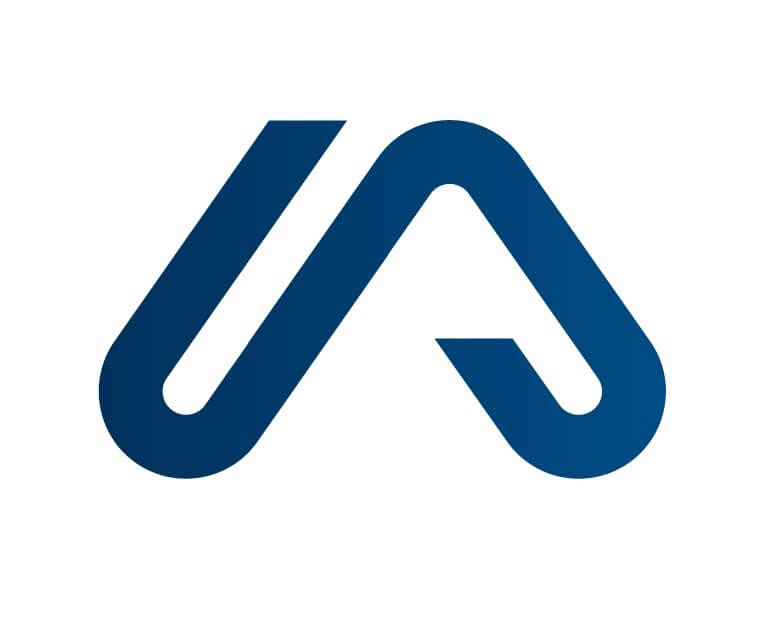If you do not want to amortize your property directly by gradually repaying the mortgage at your bank, you can use indirect amortization through pillar 3a to deposit your 3a as a “collateral” and the property will be amortized in one lump sum at the end.
In other words, amortization is a contractually agreed repayment of the mortgage. The financing of a home is usually structured as follows:
- equity (min. 20% of the market value)
- first mortgage (up to 66% of the market value)
- second mortgage (up to 14% of the market value)
There is no amortization obligation for the first mortgage and the second mortgage must be amortized within a maximum of 15 years or by retirement age at the latest. (Here are the exact guidelines)
With direct amortization, the payments reduce the mortgage debt and thus the interest on the mortgage debt decreases. However, this also reduces the amount that can be deducted from taxable income.
In contrast, with indirect amortization through pillar 3a, the payments go into a pillar 3a and the assets in this third pillar are pledged. This pledge serves the lender as security for the repayment of the mortgage.
If you have a pillar 3a with a bank, you can only take out a mortgage with this bank. In contrast, if you have a pillar 3a with an insurance company, you can usually take out a mortgage with any bank.
With an insurance policy, you have additional risks covered, which gives the bank more security with regard to repayment in these cases.
Am I the only one who benefits from indirect amortization?
Banks usually recommend indirect amortization. This is due to a conflict of interest, as it is advantageous for the bank for the following reasons:
- Banks can charge more interest on debt.
- The banks also earn money from the 3rd pillar (usually has to be held at the same bank as the mortgage for indirect amortization)
Think carefully about what your goal is. Tax optimization or debt repayment? Plan well in advance, calculate different scenarios. Check different providers and invest in a careful analysis.
Advantages of indirect amortization through pillar 3a
- The mortgage debt can be deducted from your taxable assets
- The interest on the mortgage debt can be deducted from your taxable income
- The amount of the pillar 3a payments can be deducted from your taxable income
- The pension assets are taxed at a preferential rate on withdrawal
- Despite a high mortgage, there are usually good interest conditions due to the additional security
- Additional risks such as death and disability are also insured in the amortization policy (only pillar 3a policies taken out with insurance companies)
Disadvantages of indirect amortization through pillar 3a
- The mortgage debt always remains the same
- The interest rate on the mortgage debt always remains the same
- Depending on the type of pillar 3a investment, there may be major price fluctuations
Conclusion
As mentioned, it is very important to plan ahead, go through various scenarios and calculate them individually. Indirect amortization makes more sense in most cases.
Unless you earn so well that money is not an issue. Or if you want to take it easy in the last few years before you retire by reducing your level of employment.
In this case, direct amortization can be advantageous, as the mountain of debt will be continuously reduced and interest rates will be lower.
Another potentially positive aspect of indirect amortization is that the constant amount of debt can be advantageous over the years. It is well known that money loses value, i.e. inflation, so you indirectly pay back less.
